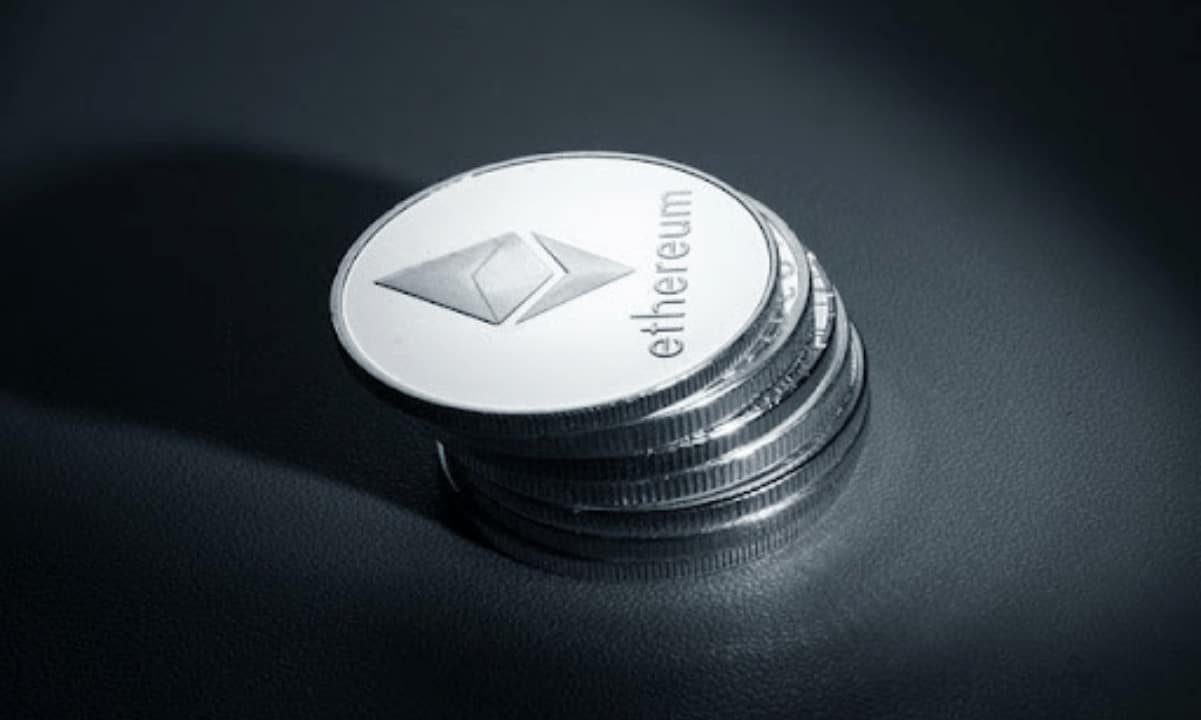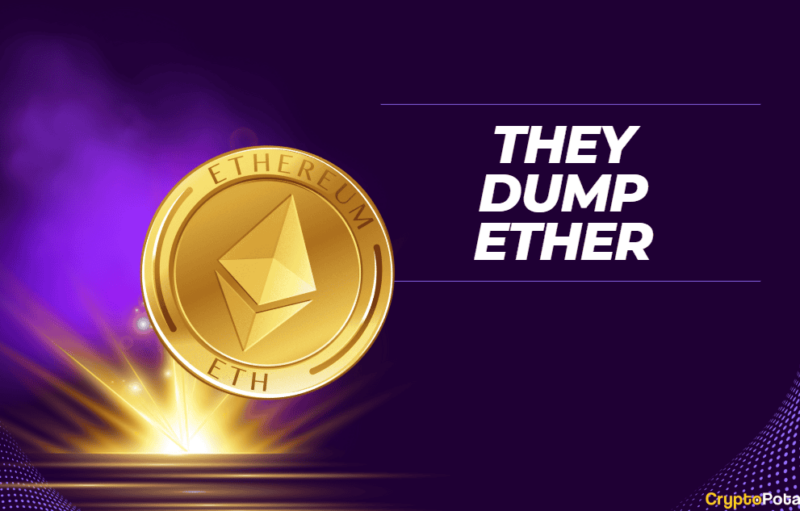

Ethereum’s Merge has done a lot to shift the issuance dynamics of ETH, fulfilling most of what was estimated by analysts and the Ethereum Foundation prior to the transition.
However, there are still some nuances that need clarification as to if and when ETH can become deflationary, and its supply would cease to expand.
Let’s dive in.
Ethereum: Not Quite Deflationary
According to ultrasound.money, the amount of ETH in circulation has risen by over 5,990 ETH since the Merge on September 15th, at the time of writing (September 24th). At current prices, that’s roughly $8 million worth of ETH that has entered circulation.
That’s not to say the Merge didn’t make a difference, however. Issuance is still far lower than the projections under a continued proof of work model would have expected: over 112K more ETH by September 24th.
ADVERTISEMENT
It’s also lower far lower than Bitcoin’s current issuance rate of 6.25 BTC every 10 minutes.
How ETH Issuance Works
Ultimately, ETH’s issuance comes down to two variables: block subsidy, and burn rate.
The block subsidy represents all newly generated ETH with each block, which is produced roughly once every 12 seconds as of the merge. The size of the subsidy depends on the amount of ETH being staked on the network. At the current staking rate – roughly 14 million ETH – about 1700 ETH are being rewarded to stakers every day.
Burn rate refers to the amount of ETH being burned through gas fees. Naturally, the burn rate rises alongside fees, which rises when Ethereum is experiencing high transaction volume.
The burning mechanism was introduced during the London hard fork last year and has led to some net-deflationary periods for Ethereum already. Meanwhile, this month’s merge reduced ETH’s daily issuance from 14,600 ETH to just 1600 ETH – a nearly 90% decline.
In order for ETH to be deflationary, the number of tokens being generated through block subsidy must be less than that being burned by the network. In other words, ETH becomes more deflationary the fewer people stake, and the more people transact. At current staking levels, the base transaction fee must be at least 15 Gwei (0.000000015 ETH) for ETH to be deflationary.
As of September 20th, this is not the case. Average transaction fees. Average transaction fees are just 11 Gwei, an amount that would result in 412,000 ETH being burned per year. Meanwhile, current staking levels would cause 603,000 ETH to be generated per year. That’s net annual inflation of 191,000 ETH – or 0.16% – every year.
Will ETH Ever Be Deflationary?
How this figure will change over time remains to be seen.
On one hand, inflation could be expected to rise as more people enter the staking arena. The Ethereum network currently provides roughly 4.5% APR to stakers, denominated in ETH. Meanwhile, staking services like Binance.US are currently offering up to 6% in staking rewards.
Given staking’s relative risk-reward profile compared to other forms of yield (ex. lending), this could prove very attractive for future ETH bulls.
Staking also appears to be a relatively untapped market on Ethereum. Other top crypto networks have roughly 50% of their token supply being staked, versus Ethereum’s 14%.
On the other hand, those who expect Ethereum to evolve into a high-volume network for decentralized commerce may expect transaction fees to rise – increasing the burn rate and pushing ETH issuance into deflationary territory. Arthur Hayes – former CEO of BitMEX – has theorized that this could create a bullish feedback loop for the asset, reflexively incentivizing buying, usage, and deflation of ETH.
However, as Hayes noted during an interview this month, there may be limits to how high transaction fees can rise before users get fed up.
“Let’s say the deflation gets so severe that it becomes so expensive that nobody uses it… well, guess what’s going to happen? They’re going to change the inflation rate,” he said.
For this reason, Hayes doesn’t believe that Ethereum can compete with Bitcoin as a monetary network. In his view, ETH’s additional role as gas interferes with its ability to be money, whereas Bitcoin’s value “cannot be conflated with the actual utility of other stuff.”
Paulo Arduino from Bitfinex offered a similar argument leading up to the Merge. He claimed that Ethereum’s narrative “keeps shifting” and has too many other priorities to compete with Bitcoin as money.
Ethereum’s “ultrasound money” narrative is a spinoff of Bitcoin’s “sound money” meme due to its absolutely fixed supply and immunity to monetary debasement.
Binance Free $100 (Exclusive): Use this link to register and receive $100 free and 10% off fees on Binance Futures first month (terms).
PrimeXBT Special Offer: Use this link to register & enter POTATO50 code to receive up to $7,000 on your deposits.
The post appeared first on CryptoPotato






